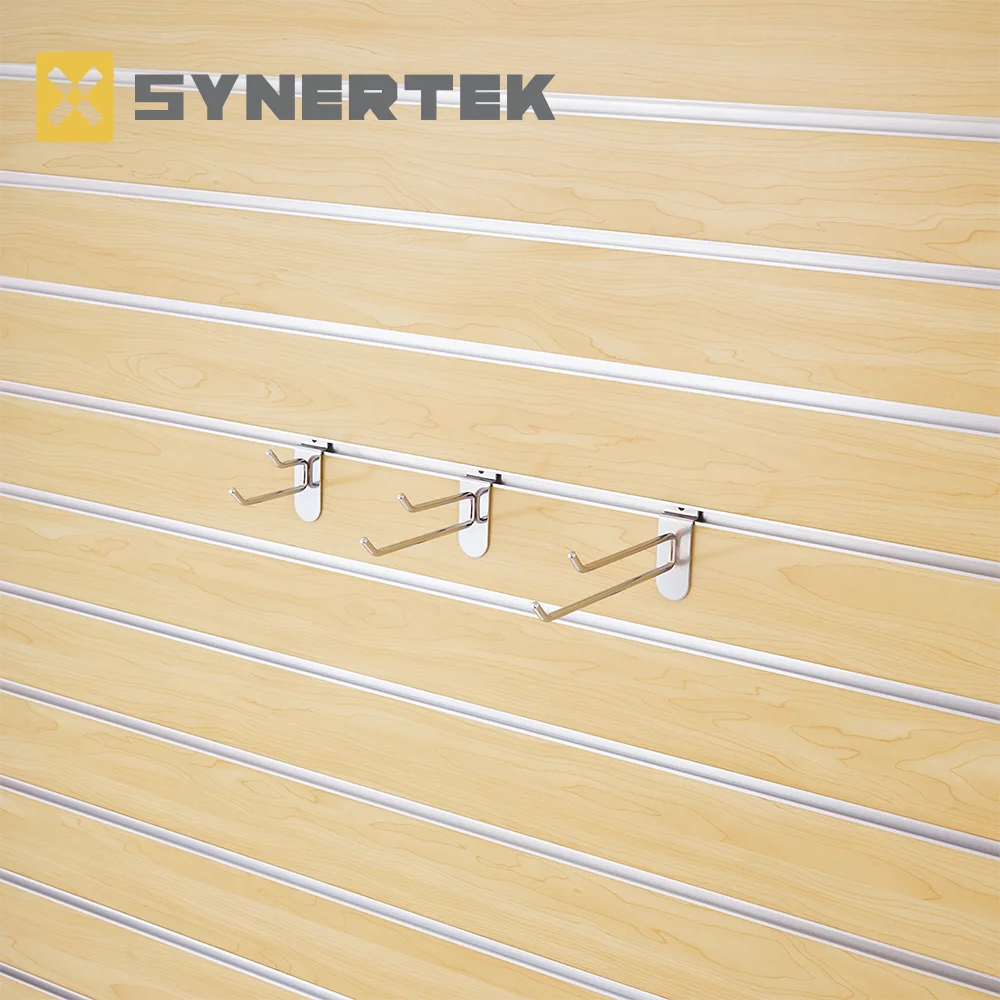Drywall, also known as gypsum board or plasterboard, is a common building material used for interior walls and ceilings. While it is designed to withstand normal wear and tear, what happens if drywall gets wet? In this comprehensive blog post, we will explore the various consequences of water damage on drywall, ranging from structural issues to health hazards. So, let's dive in!
- Structural Damage:
When drywall gets wet, it undergoes significant structural changes. The water weakens the gypsum core, causing it to lose its strength and integrity. As a result, the affected drywall may sag, crack, or even collapse. This not only compromises the aesthetics of your space but also poses potential safety risks. - Mold and Mildew Growth:
One of the most concerning consequences of wet drywall is the rapid growth of mold and mildew. These fungi thrive in moist environments, and when they find a damp drywall surface, they can quickly spread and multiply. Mold and mildew not only cause unsightly stains and odors but also pose serious health risks, including allergies, respiratory issues, and even infections. - Electrical Hazards:
Water and electricity are a dangerous combination. If water seeps into the drywall and reaches the electrical wiring behind it, it can lead to short circuits, electrical shocks, or even fires. It is crucial to address wet drywall promptly to prevent any potential electrical hazards and ensure the safety of your home or office. - Compromised Insulation:
Drywall acts as a thermal insulator, helping to regulate the temperature inside a building. However, when it gets wet, its insulating properties diminish significantly. The moisture trapped within the drywall reduces its ability to retain heat, leading to energy inefficiency and increased utility bills. Additionally, wet insulation can promote the growth of bacteria and other harmful microorganisms. - Stains and Discoloration:
Water damage on drywall often results in unsightly stains and discoloration. These blemishes can be challenging to remove, even after the affected area has dried. The presence of stains not only affects the visual appeal of your space but also indicates potential underlying issues that need to be addressed promptly.
Conclusion:
Understanding the consequences of water damage on drywall is crucial for homeowners, contractors, and anyone involved in the construction industry. From structural damage to health hazards, the impact can be far-reaching and costly. Therefore, it is essential to take immediate action when drywall gets wet, including identifying the source of water intrusion, drying the affected area, and repairing or replacing the damaged drywall. By doing so, you can ensure the longevity, safety, and aesthetics of your living or working space.








+ There are no comments
Add yours